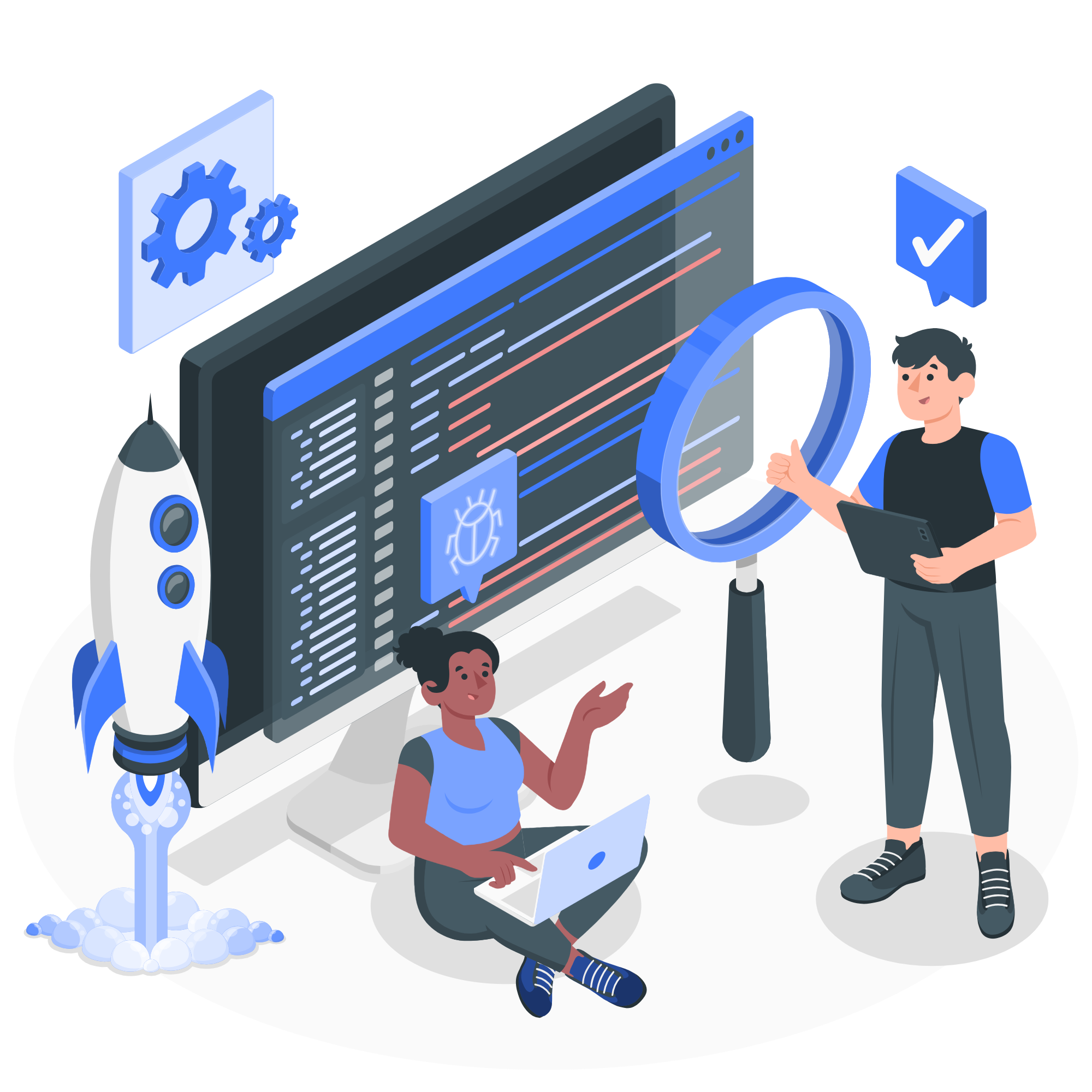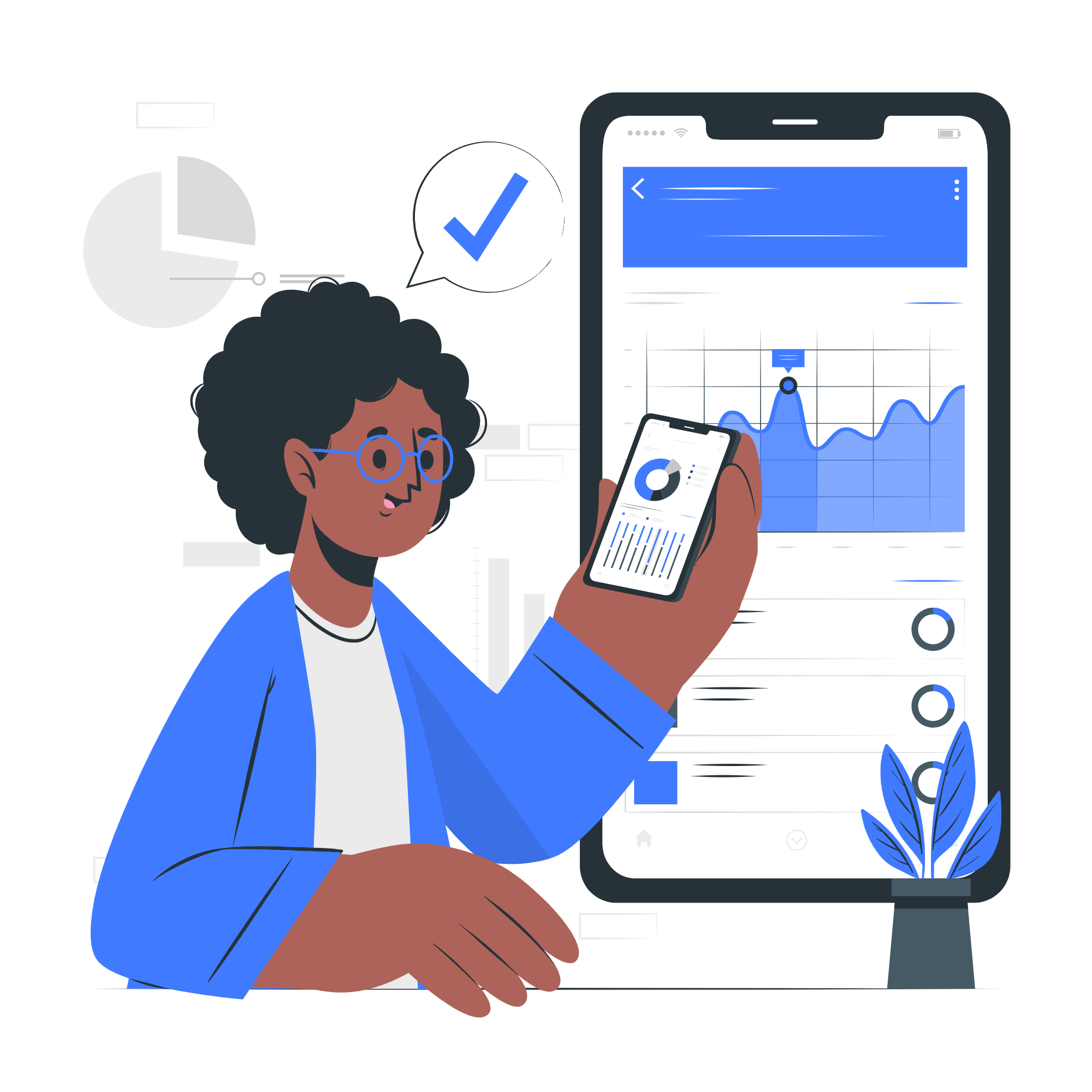Why Metrics Matter
App development isn’t just about code and design. Each stage – from the first MVP to massive scaling – requires different questions and different answers. The right metrics give you those answers.
By tracking data, you can:
✅ See if your idea has market potential
✅ Understand what truly engages users
✅ Optimize budget and growth
✅ Avoid vanity metrics (like downloads) that don’t show real value
1️⃣ MVP Stage (Minimum Viable Product)
Goal: Validate whether your idea solves a real problem.
An MVP is not about a perfect product – it’s about learning as quickly as possible if your idea makes sense.
Key Metrics:
👥 Number of Active Users (DAU/WAU) – Track whether you’re attracting initial users.
⏱️ Retention (Day 1, Day 7) – Do users return after the first try? If not, your product might not solve the problem well enough.
🎯 Activation Rate – How many users complete the first key action (e.g., registration, creating a profile, first order).
💬 Qualitative Feedback – Interviews and surveys are often more important than numbers.
Example:
If you launch a fitness booking app and 80% of users leave after the first use, the problem is not in marketing but in UX or the training offer.
👉 In the MVP stage, don’t aim for perfection – look for “market signals.”

2️⃣ Growth Stage
Goal: Find product-market fit and grow sustainably.
It’s not enough to know people are interested – you need to figure out how to reach a larger audience.
Key Metrics:
📈 Monthly Active Users (MAU) – Track the growth of your base, not just downloads.
🔄 Retention Cohorts – Segment users by signup date and track how long they stay engaged.
💸 Customer Acquisition Cost (CAC) – Know exactly how much one new customer costs.
💰 Customer Lifetime Value (LTV) – Average value a customer brings during their usage.
⚖️ LTV/CAC Ratio – If lower than 3:1, your growth isn’t financially sustainable.
Example:
If acquiring a customer costs €10, but the customer brings €30 over a year, that’s healthy. But if LTV = €8 and CAC = €12, you’re just burning money faster as you grow.
👉 This is where it’s decided if your product is just an interesting idea or a real business.

3️⃣ Scaling Stage
Goal: Maintain quality during rapid growth and optimize processes.
Once your app works and has a stable user base, the challenge is handling growth without the system falling apart.
Key Metrics:
⚡ Performance Metrics – Load speed, server response, app stability.
🔒 Security & Reliability – Uptime, number of incidents, mean time to recovery (MTTR).
🌍 International Metrics – If expanding, track conversions and behavior in different regions.
🏦 Unit Economics – Ensure infrastructure doesn’t eat up profits as volume increases.
👩💻 Productivity Metrics – Release cycle speed, bugs after deployment, fix time.
Example:
If your e-commerce app suddenly gains 100,000 new users but servers can’t keep up, customers will leave for competitors. In scaling, good marketing isn’t enough – infrastructure and reliability decide.
👉 You scale not just the product but also the team, processes, and finances.
RegulusTeam Tip
You don’t need to track hundreds of metrics at once – that’s a common mistake startups make. Choose 2–3 key ones for each stage and focus on them.
In MVP: track retention and feedback.
In Growth: LTV, CAC, and MAU.
In Scaling: performance, security, and cost efficiency.
The rest can be added gradually.
Conclusion
Metrics are like a compass – they show you whether you’re heading in the right direction. But just like when traveling, you need different maps for different stages.